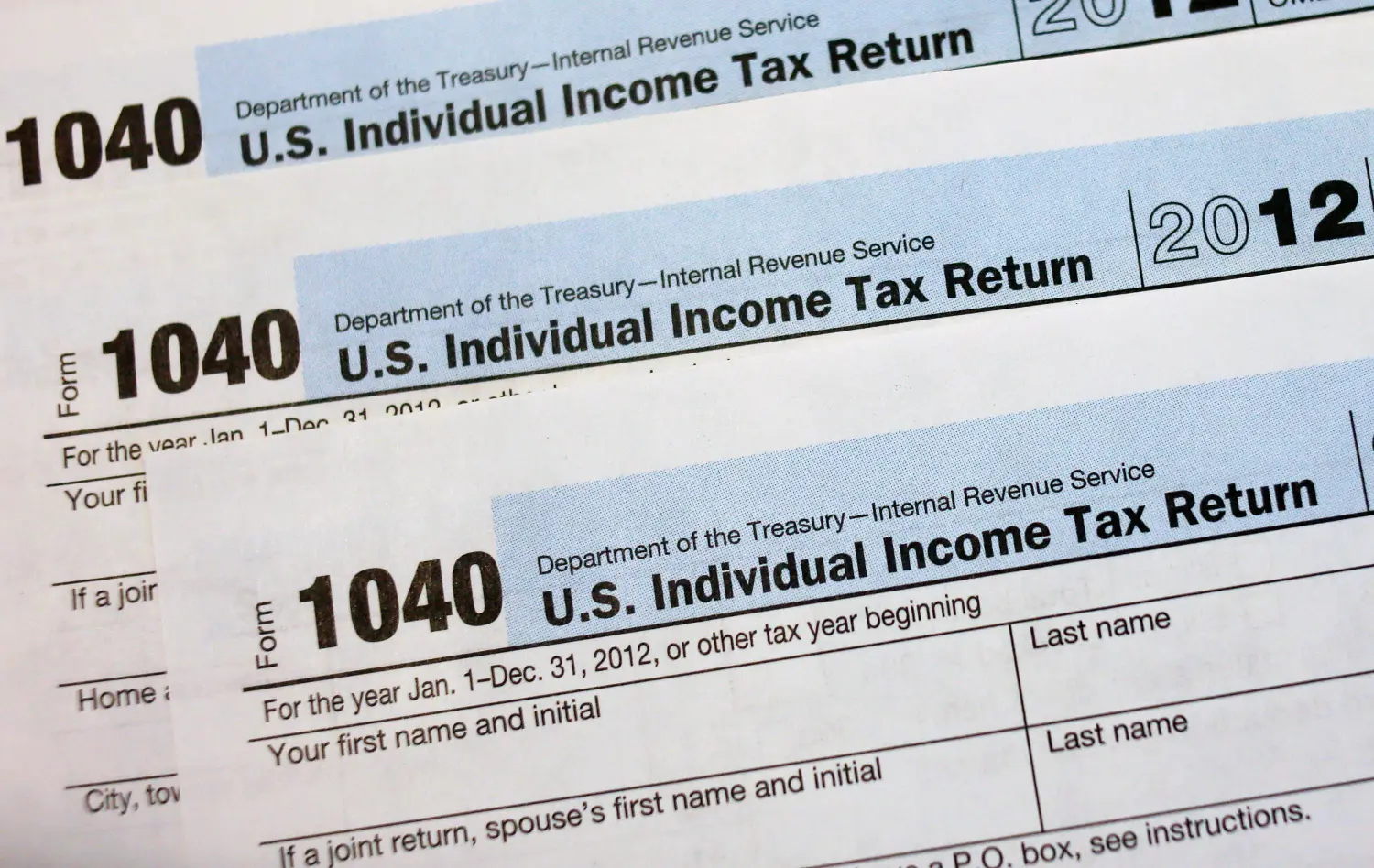Each year, one in five households filing a federal income tax return claims the Earned Income Tax Credit (EITC). Targeted primarily to lower-income workers with children, it is one of many credits and deductions filers take each year on their federal income tax forms. However, unlike typical credits and deductions, the EITC is a refundable credit, meaning that after offsetting what is owed to the government filers receive the remainder of the benefit as a refund.
By supplementing earnings for low- and moderate-income households, the EITC helps bridge the gap between what the labor market provides and what it takes to support a family. It encourages and rewards work and has become one of the nation’s largest and most effective anti-poverty programs. In contrast to other work support and poverty alleviation programs, it achieves this with very little bureaucracy beyond what otherwise exists to administer the tax code.
Although the EITC began in 1975 as a small credit (no more than $400), a number of targeted expansions in subsequent years mean that today the EITC’s assistance can be considerable. In 2015, a single parent with three children working full-time all year at the federal minimum wage ($7.25 an hour) is eligible for a credit of $6,242, a boost of more than 40 percent above her earnings of $15,080 (though combined it still leaves her 12 percent below the federal poverty level).
However, the only way to obtain these substantial benefits is to claim the EITC on the annual federal income tax return. While lump-sum payments have perceived benefits (such as being able to pay off debts, make larger purchases, or force savings), the EITC’s single annual disbursement can present a challenge for the working parent trying to make ends meet throughout the year. It can also be problematic for households wanting to stretch out their refund as an emergency savings reserve.
My 2008 paper, “Periodic Payment of the Earned Income Tax Credit,” proposed an option that would allow a family to receive a portion of the EITC outside of tax time, striking a balance between lump-sum delivery and the need for resources throughout the year. Specifically, half of the credit could be claimed in four payments spread out during the year, while the remaining credit would continue to be paid as part of the tax refund.
Since then, several significant developments have occurred. A little-used option for receiving some of the EITC in each paycheck ended in 2010. In 2014, the federal government initiated a new tax credit advance payment process to subsidize health insurance premiums through monthly disbursement of the Affordable Care Act’s Premium Tax Credit. Other countries providing assistance similar to the EITC have continued to innovate and offer access to benefits during the year. Finally, members of Congress and think tanks have proposed alternatives to a single lump-sum disbursement of the EITC, and others have begun to explore and experiment with alternatives, most notably in Chicago, where a 2014 pilot program made quarterly payments to 343 households.
In light of these developments, this paper reviews the author’s original EITC periodic payment proposal, examines emerging alternatives, and addresses the following key questions:
- What is the demand for periodic payment alternatives?
- What benefits will accrue from the availability of periodic payment?
- What risks are associated with periodic payment and how can they be managed?
- What is the administrative feasibility of periodic payment?
The emerging answers point a way forward for identifying different distribution options that would enhance the EITC’s value to low- and moderate-income working families.
The Brookings Institution is committed to quality, independence, and impact.
We are supported by a diverse array of funders. In line with our values and policies, each Brookings publication represents the sole views of its author(s).



